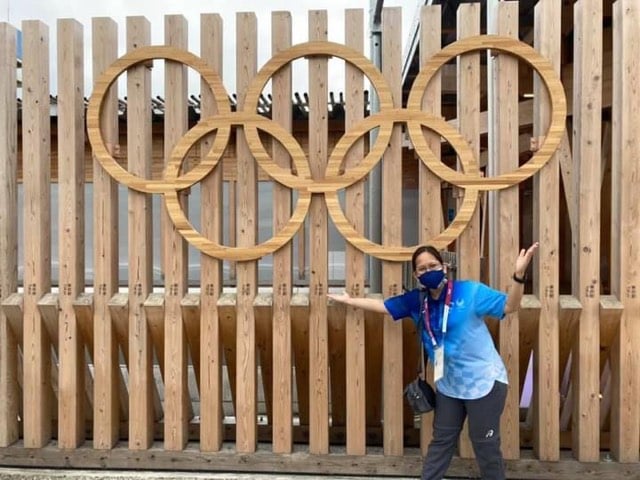Scouting for reasons: Mt. Fuji snowless, Matsuyama City submerged?
Let’s examine two striking phenomena in Japan: the iconic Mt. Fuji, traditionally adorned with snow starting in October, now faces unprecedented snow loss, while Matsuyama City confronts severe flooding that even reached Alert Level 5.
Japan, a country renowned for its stunning landscapes and cultural heritage, is currently facing alarming environmental changes. Two prominent examples are the snowless peak of Mt. Fuji and the submerged areas of Matsuyama City. These phenomena raise critical questions about climate change, urban development, and environmental management.
The Snowless Mt. Fuji
Mt. Fuji, an iconic symbol of Japan, has long been celebrated for its picturesque snow-capped summit. However, recent observations indicate a troubling trend: the peak is increasingly devoid of snow. Several factors contribute to this phenomenon:
- Rising Temperatures: Global warming has led to higher average temperatures, affecting snowfall patterns. Studies suggest that winter temperatures around Mt. Fuji have risen significantly, resulting in reduced snow accumulation.
- Changing Weather Patterns: Alterations in atmospheric conditions can lead to less precipitation in the form of snow. Increased rainfall during winter months may replace traditional snowfall, further contributing to the snowless state.
- Urban Heat Islands: The expansion of urban areas around Mt. Fuji can create heat islands, raising local temperatures and impacting snow retention.

Bombo Radyo Cauayan Report on November 3 at 5:30 AM Philippine Time.
Submerged Matsuyama City
Matsuyama City, known for its historic sites and hot springs, is experiencing severe flooding and submersion in certain areas. This situation can be attributed to several interrelated factors:
- Rising Sea Levels: Climate change has led to rising sea levels, threatening coastal cities worldwide. Matsuyama, situated on the Seto Inland Sea, is particularly vulnerable to this phenomenon.
- Extreme Weather Events: Increased frequency and intensity of typhoons and heavy rainfall events can overwhelm drainage systems, leading to flooding. Matsuyama has reported instances of severe flooding, causing significant damage to infrastructure and homes.
- Land Use Changes: Urban development and deforestation can exacerbate flooding. The alteration of natural landscapes reduces their ability to absorb rainwater, leading to quicker runoff and increased flood risk.

Bombo Radyo Dagupan Report on November 3 at 5:15 PM Philippine Time.
The Interconnectedness of Issues
The issues facing Mt. Fuji and Matsuyama City are interconnected and reflect broader environmental challenges. Climate change is not just a distant threat; it manifests in tangible ways that affect communities and ecosystems. The snowless Mt. Fuji symbolizes the changing climate, while the submerged areas of Matsuyama highlight the urgent need for effective urban planning and disaster preparedness.
Moving Forward
Addressing these challenges requires a multifaceted approach:
- Sustainable Practices: Implementing sustainable land use and urban planning practices can help mitigate the impacts of climate change. Green spaces and effective drainage systems can reduce flooding risks.
- Climate Action: Japan must continue to invest in renewable energy and reduce greenhouse gas emissions to combat climate change. Public awareness and education about environmental issues are also crucial.
- Disaster Preparedness: Enhancing infrastructure to withstand extreme weather events is vital. Communities must be equipped with the tools and resources to respond effectively to natural disasters.
The snowless Mt. Fuji and submerged Matsuyama City serve as stark reminders of the pressing environmental issues facing Japan and the world. By understanding the reasons behind these phenomena, we can take meaningful steps towards a more sustainable future, ensuring that Japan’s natural beauty and cultural heritage are preserved for generations to come.



